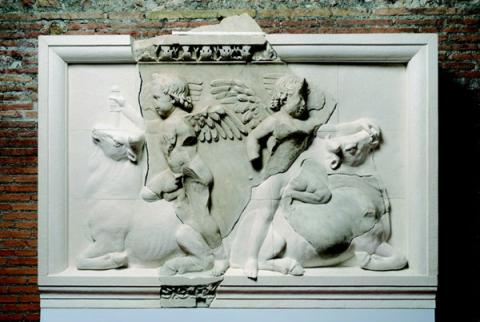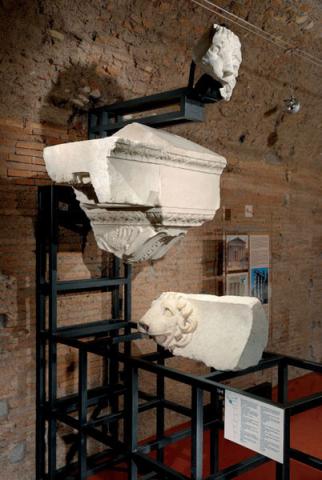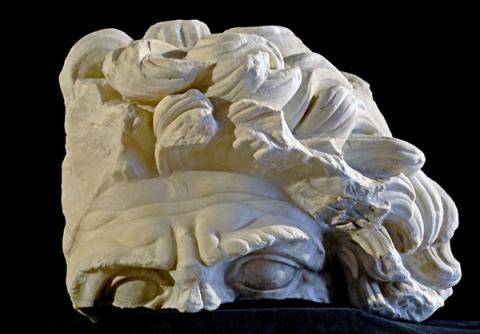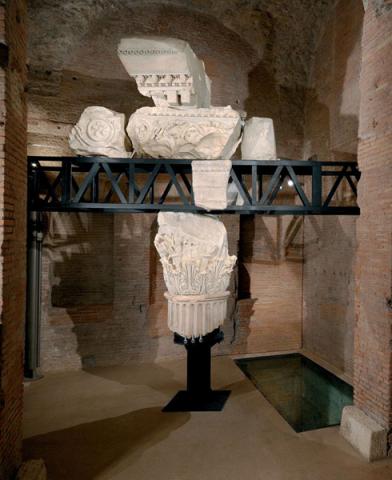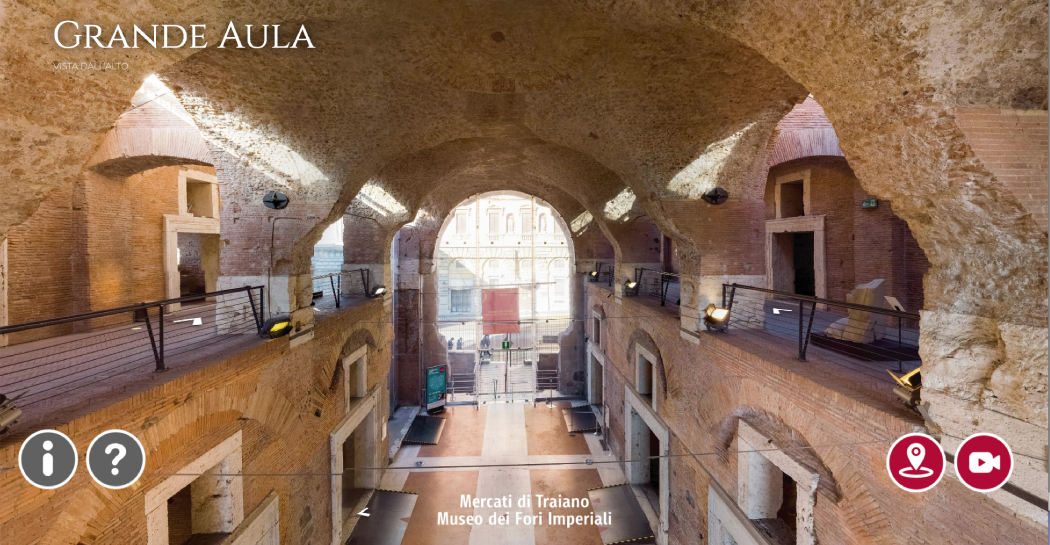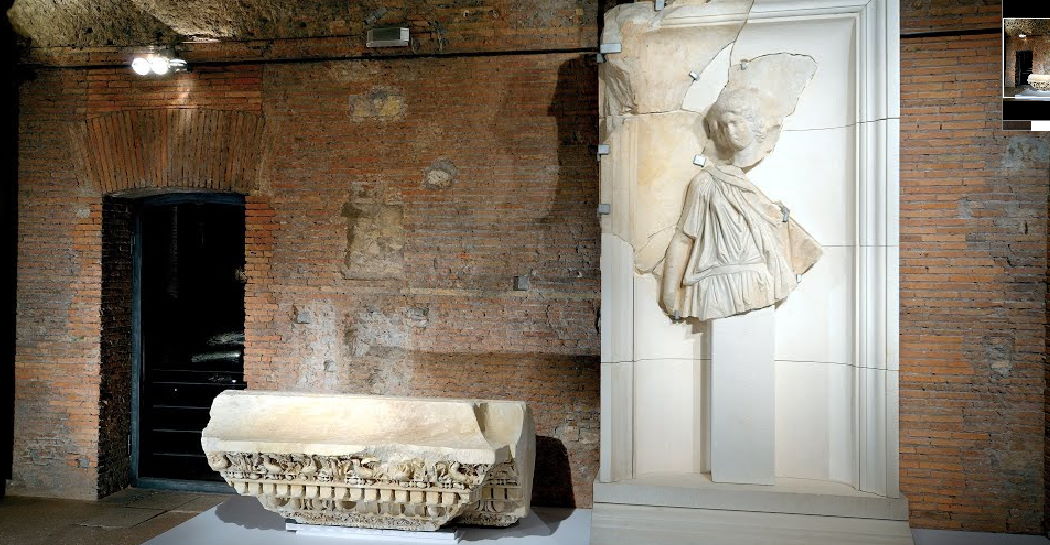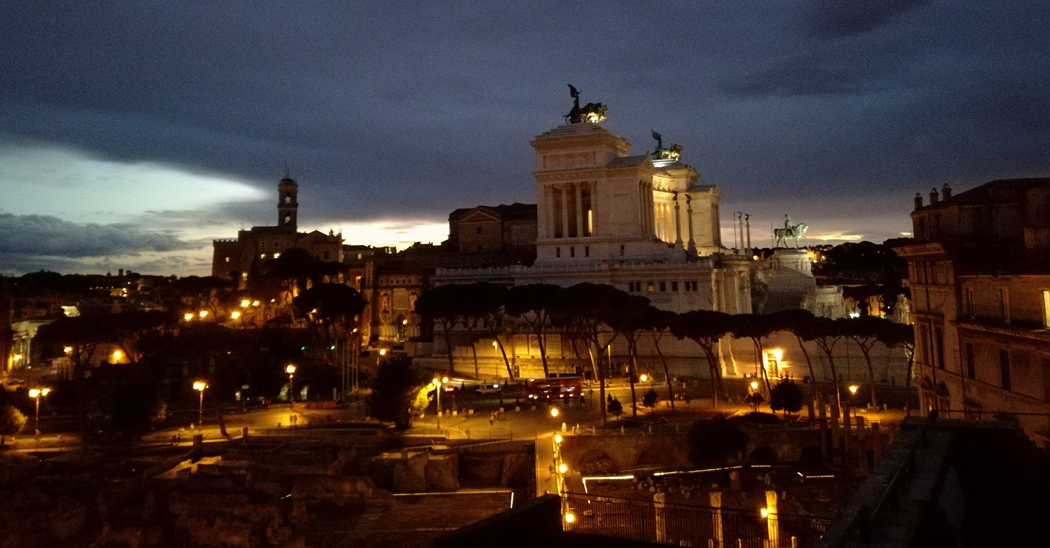The Imperial Era
The “Markets” are traditionally attributed to the Syrian Apollodoro of Damascus, who was the same architect as the Forum of Trajan. Apollodoro, who originated from Nabatea, incorporated his origins in the complex with the presence the Jordanian culture. The Markets of Trajan in any case represents the pulling together of ancient architectural experience and design that has no comparison across the Roman world.
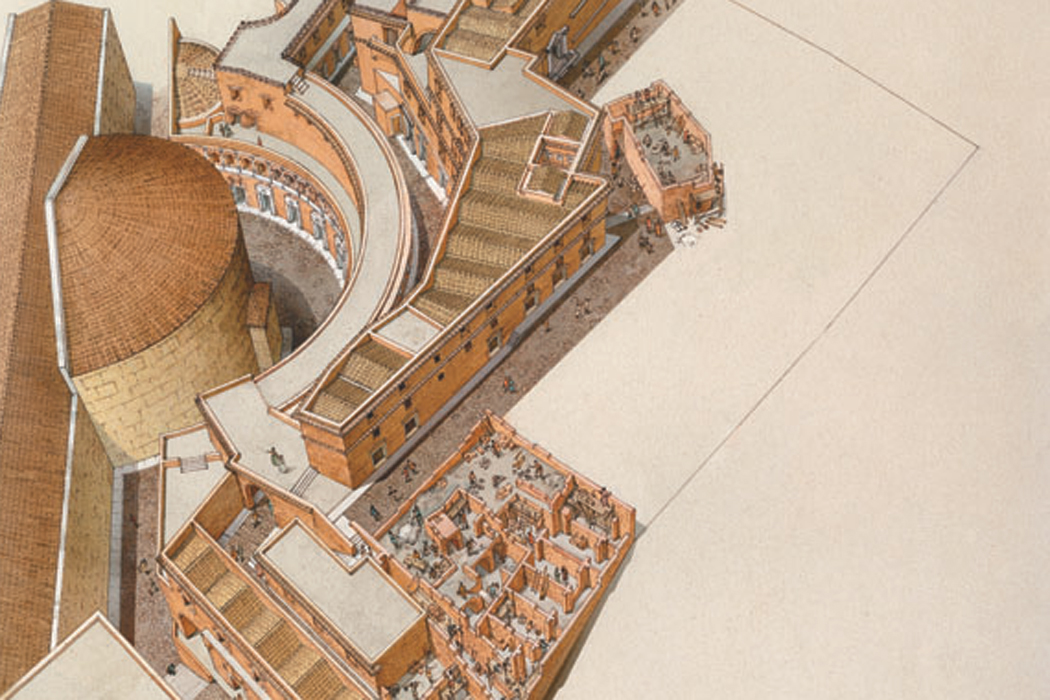
The presence of numerous structures that take the shape of tabenae, like those that open up onto the central space of the Great Hall, do not necessarily indicate the complex had a commercial purpose. The Markets of Trajan must have instead made up a sort of “multi-functional centre”, where public activity took place. The inter-connection between individual units and the internal passages suggest that they were used for administrative functions – offices and record deposits that were strictly linked to the Forum Complex. In some units of the Central Body, characterised by the presence of an apse and niches in the walls, there perhaps sat the Procurator Fori Divi Traiani (Trajan’s Chancellor).
Due to their continual use the buildings of the “Market” show evidence of numerous later works. Works under Septimus Severus are recorded in the structures that flank via delle Torre, whilst the insulea that is seen on today’s via della Salita del Grillo shows traces of works done in the 4th century AD or maybe later still.


























